Description
Fernandinite has a hardness of 2 – 3 and a specific gravity of 2.78, Metarossite has a hardness of 1 – 2 and a calculated specific gravity of 2.8, and while there are no listed numbers for Pintadoite online that could be found, they’re probably similar to those of Fernandinite and Metarossite, as the elemental composition is quite similar. Metarossite is found in “Carnotite-bearing sandstone” while Pintadoite is found in “McElmo Sandstone” and Fernandinite is found in “a rich vanadium deposit in fissures that cut red shales” according to Mindat. Or, at least, perhaps those were the settings in which the TLs for each were found?
Fernandinite is around 49% Vanadium, 46% Oxygen, 5% Calcium, and 1% Hydrogen, and would be a great Vanadium ore, if it were more commonly found around the world… At only 11 known and recorded localities on Mindat, with one being its TL in Peru, one in Idaho, one in Nevada, and the rest being in Eastern Utah and Western Colorado and one more just over the border into Arizona, Fernandinite is quite a rare mineral! It was “named in 1915 by Waldemar Theodore Schaller in honor of Eulogio Erasmo Fernandini de la Quintana, a former owner of the Minasragra deposit (the type locality). The name was discredited in 1989 and revalidated in 1994” according to Mindat.
Metarossite was “named (in 1927 or 1928ish?) for its relationship to Rossite, where ‘meta’ refers to natural dehydration. It was named at the same time as Rossite, where the root name is for Dr. Clarence Samuel Ross,” an American geologist and mineralogist with the USGS in Washington, D.C., according to Mindat. It’s a secondary mineral resulting from the dehydration of Rossite. At 15% Calcium, 37% Vanadium, 1% Hydrogen and 47% Oxygen, it’s quite similar to Fernandinite, but nearly a third the molecular weight. Metarossite is the most common of these three minerals, found in two localities within the Czech Republic, one in Russia, one in Northeast Wyoming, and 36 within Colorado, Utah, Arizona & New Mexico
Pintadoite is named after its TL, the Frisco No. 2 claim in the Pintado Canyon in San Juan County, Utah, nearby to where this specific rock was found. It seems to have first been published in 1914. According to Mindat, it’s “pronounced peen-ta’-do-ite” and is “a secondary minerals occurring as efflorescences on sandstone in protected outcrops.” It’s only been found so far in a total of 15 localities worldwide, with one in Canada, one in Nevada, and the rest found in the four corners region.
There are no Wikipedia pages for any of those three minerals, and today, most Vanadium comes from Vanadium-bearing Magnetite found in the ultramaffic gabbro bodies of Russia, China and South Africa, as they provide 96% of the 100,000 tons produced in 2022, so this mineral has seemingly lost its economic value, but it’s still spectacular! While you may no longer be able to make a living mining this mineral, be sure to keep your eye out for a thin coating on sandstones when walking around in the Southwestern US, and you’ll now be able to identify Fernandinite, Metarossite, Pintadoite, and Vanadium as it’s found in its natural form!


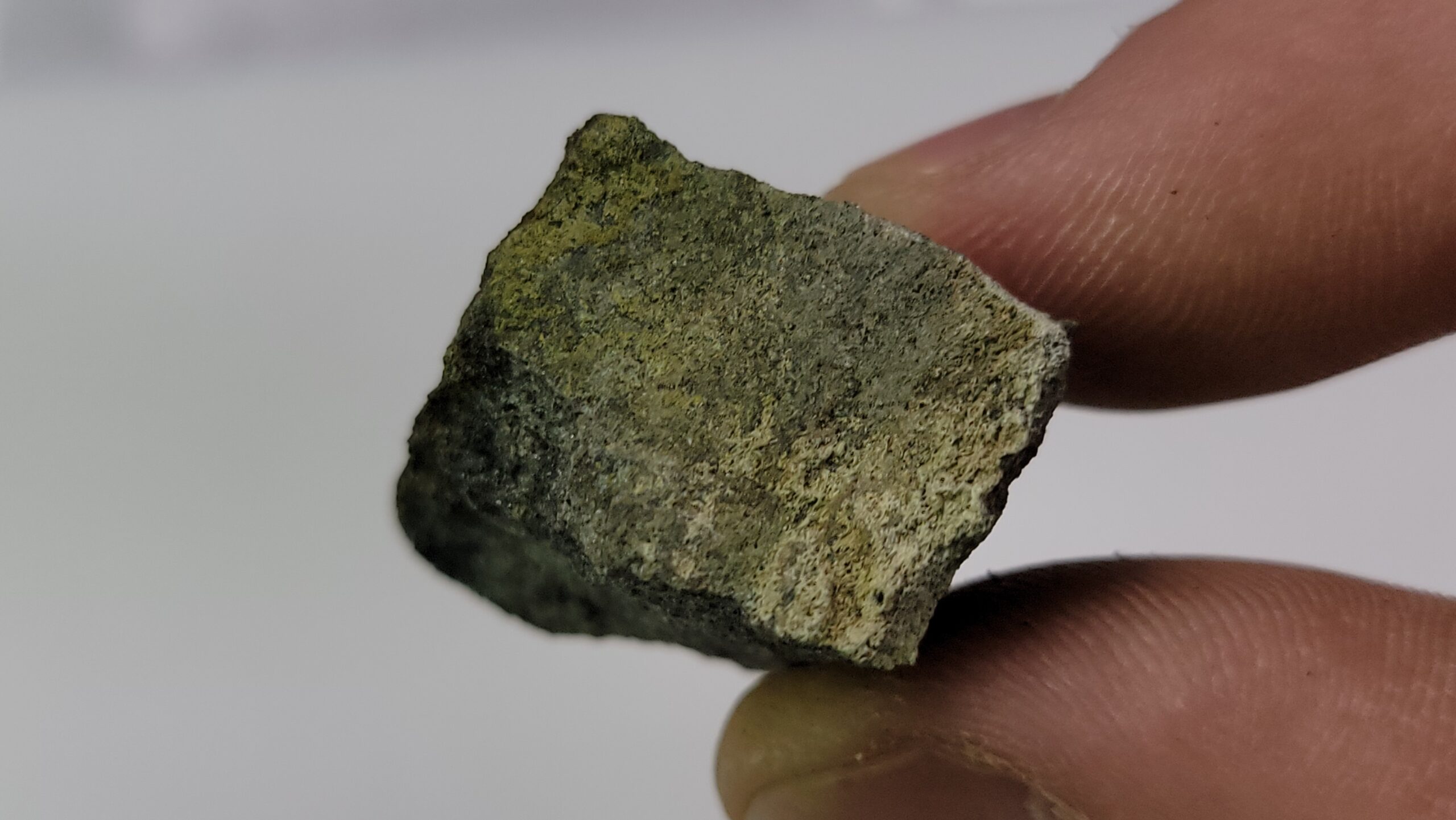
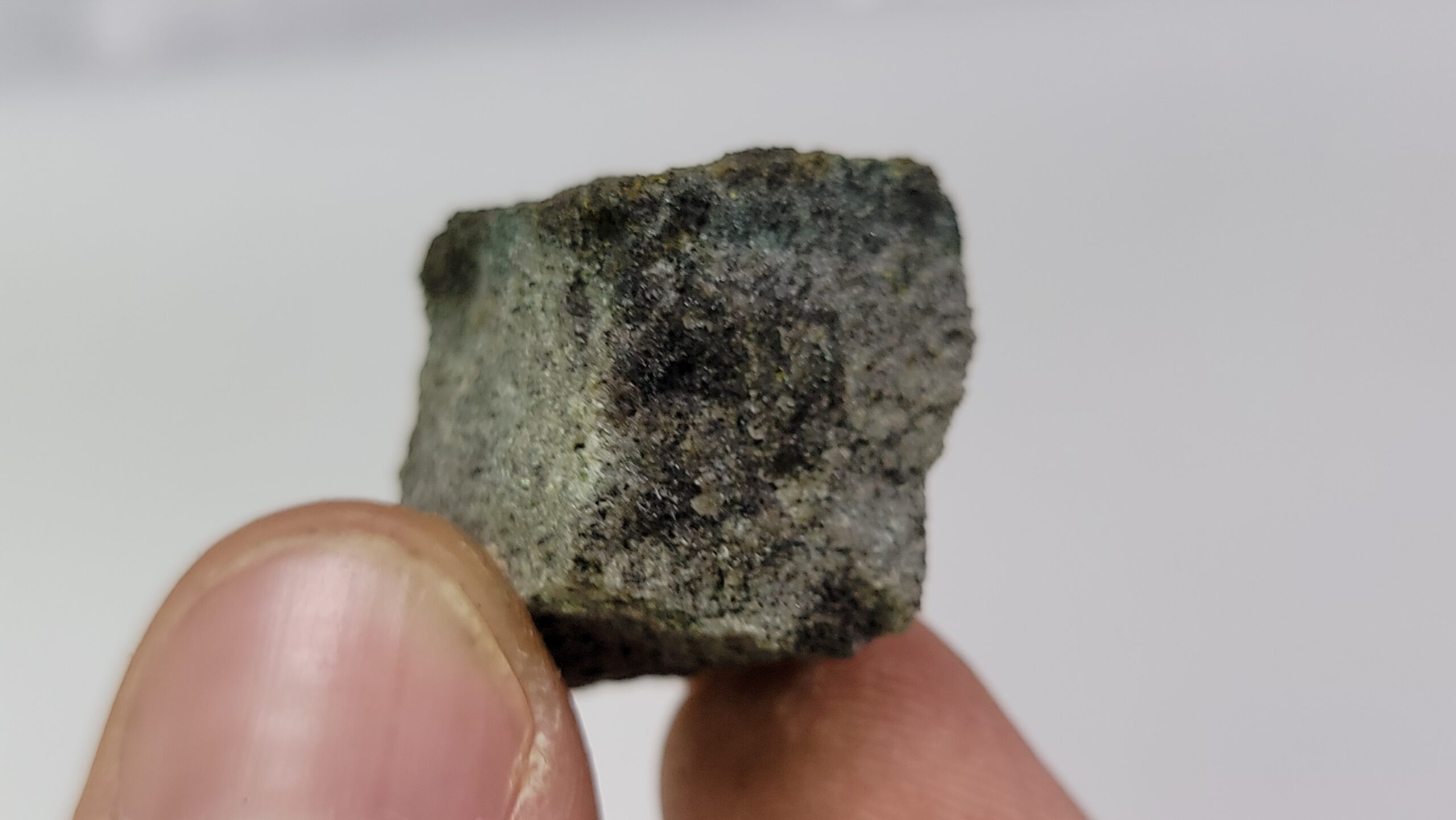
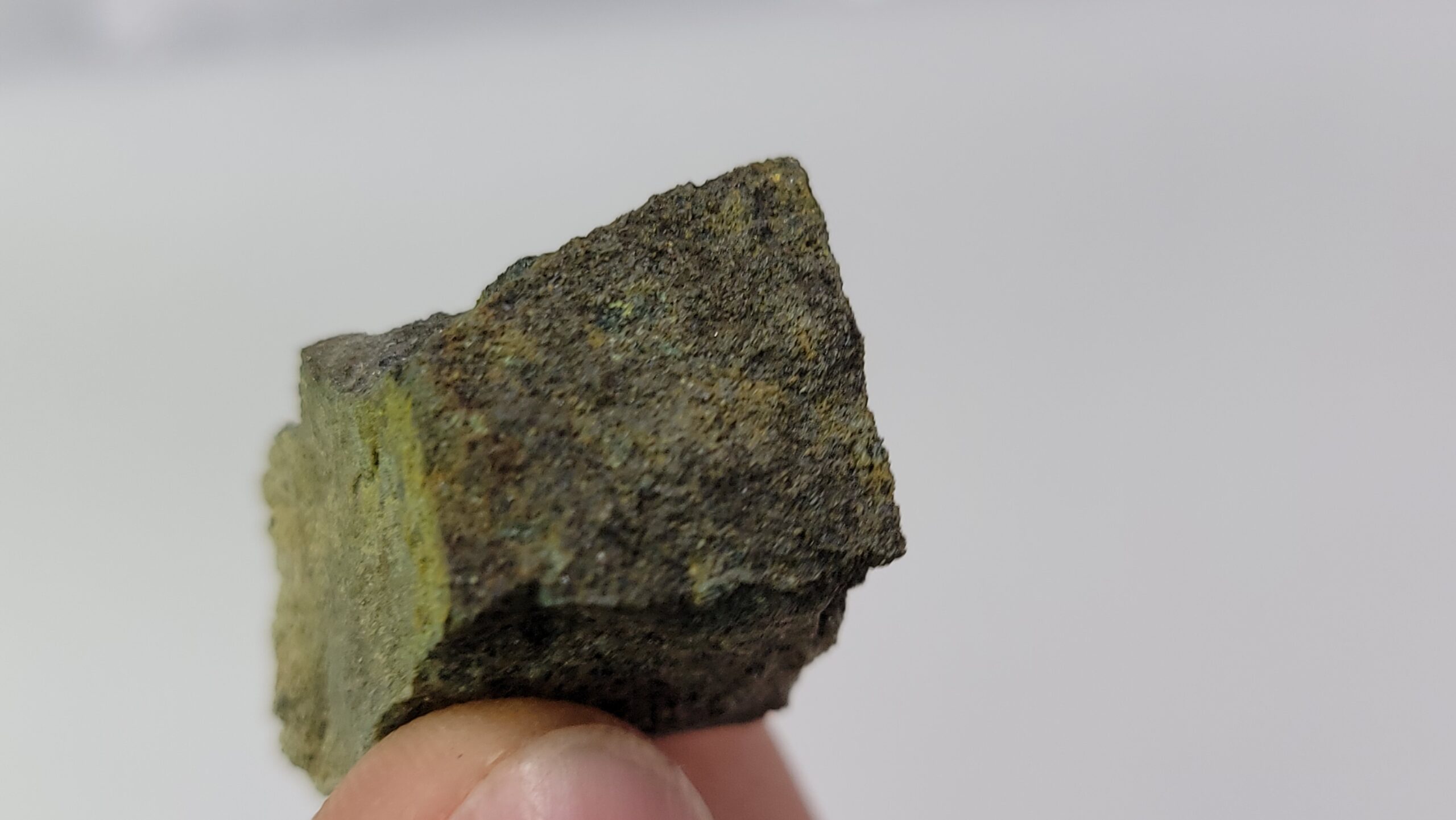

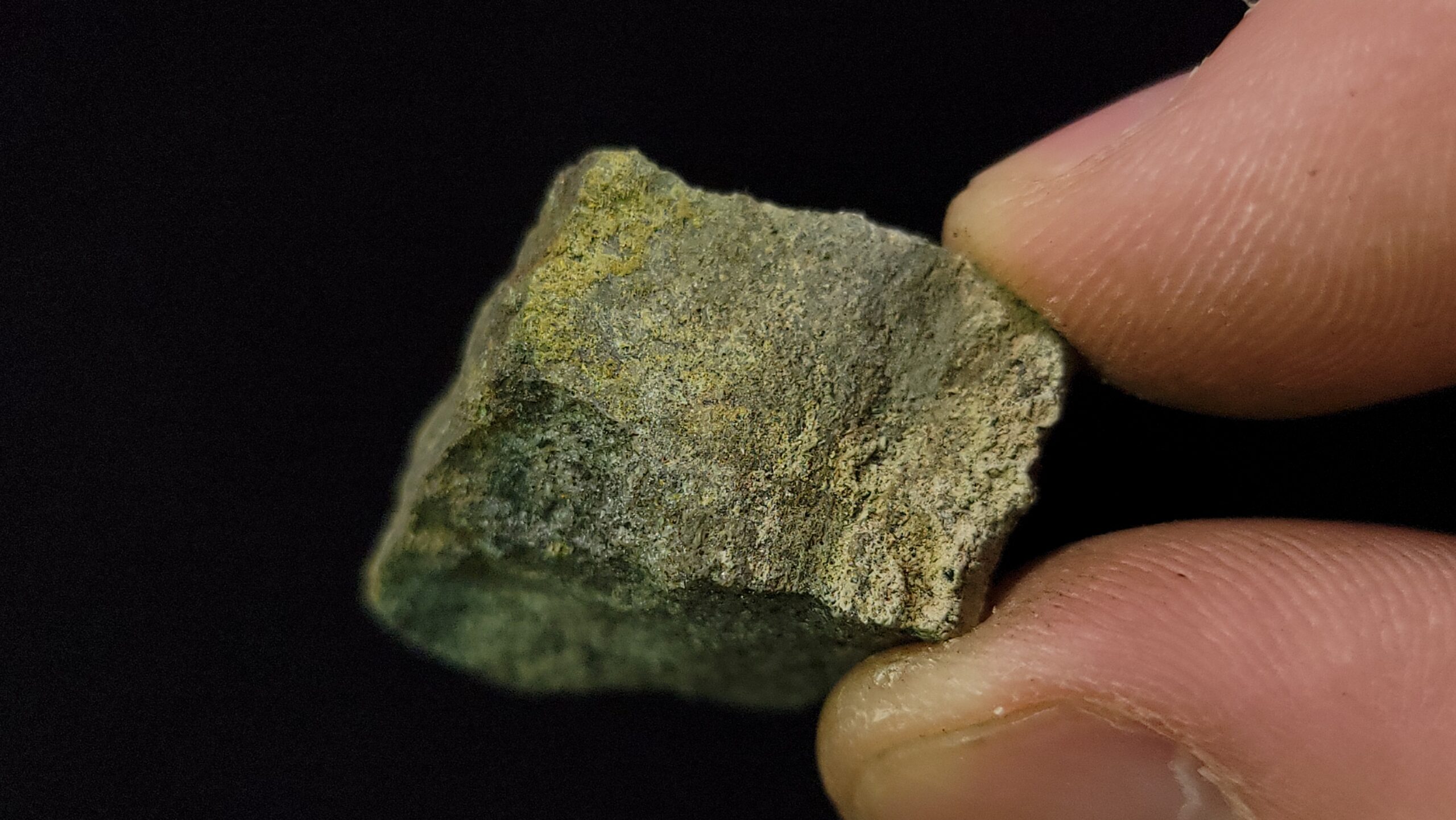
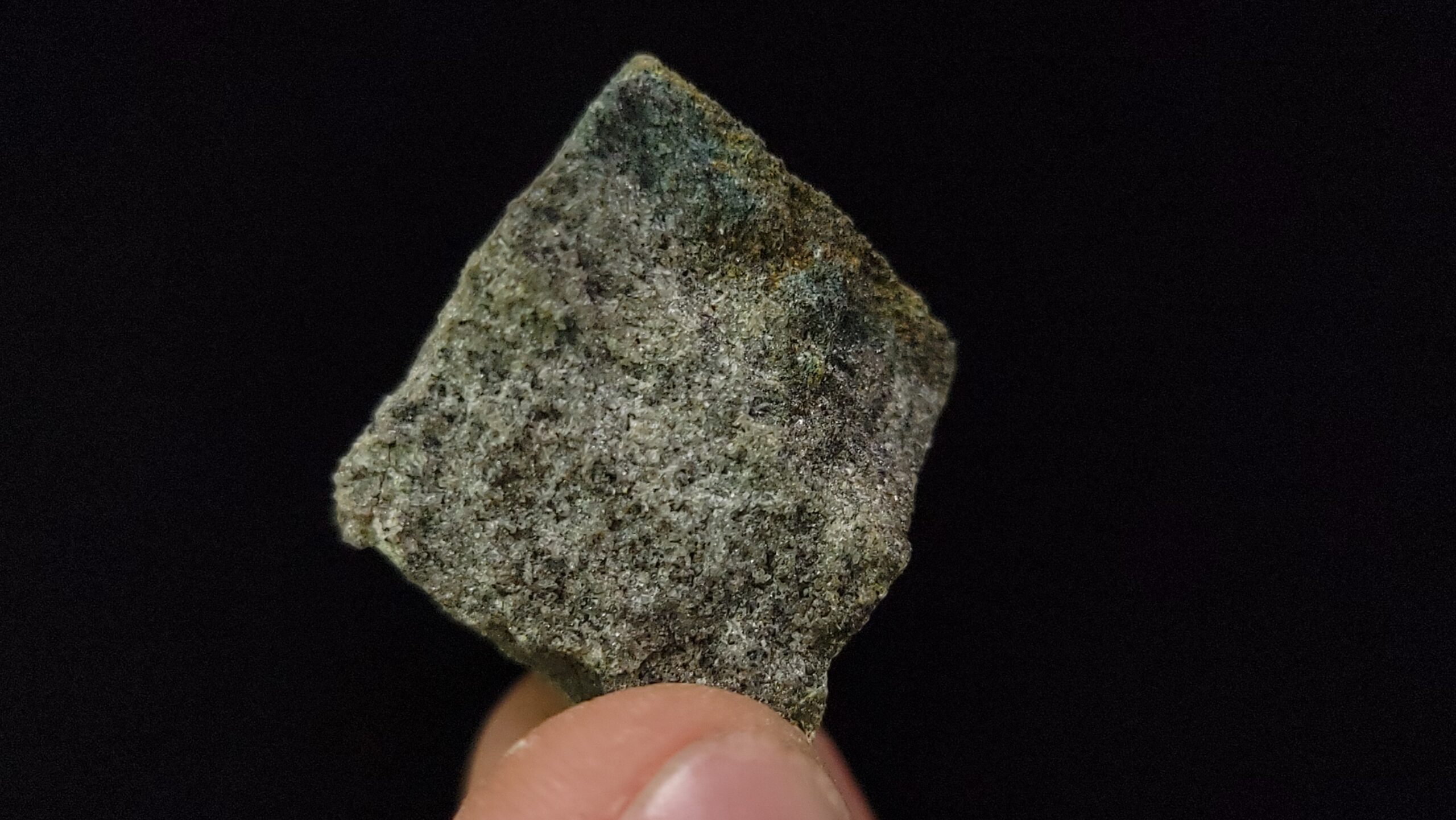


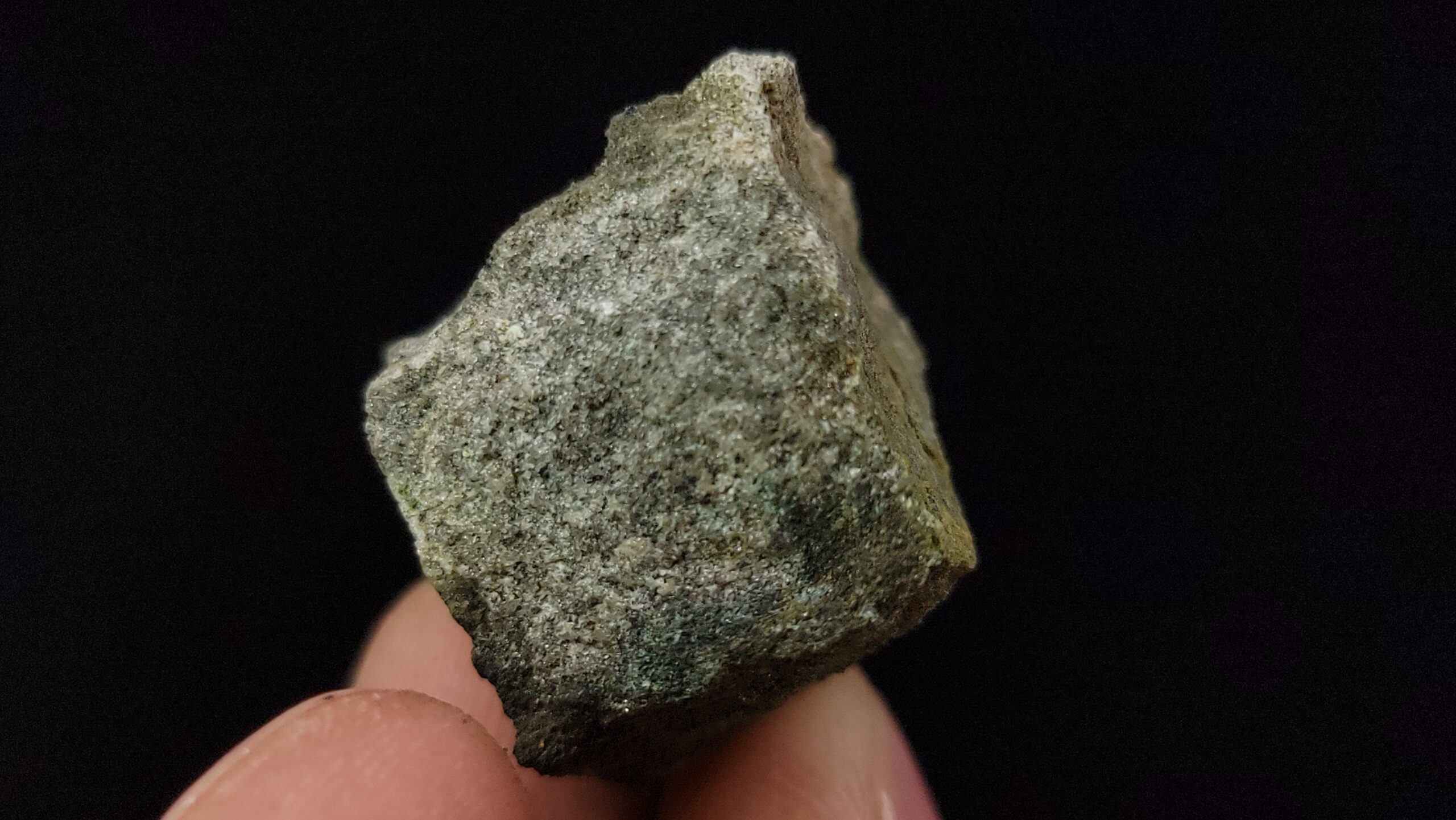
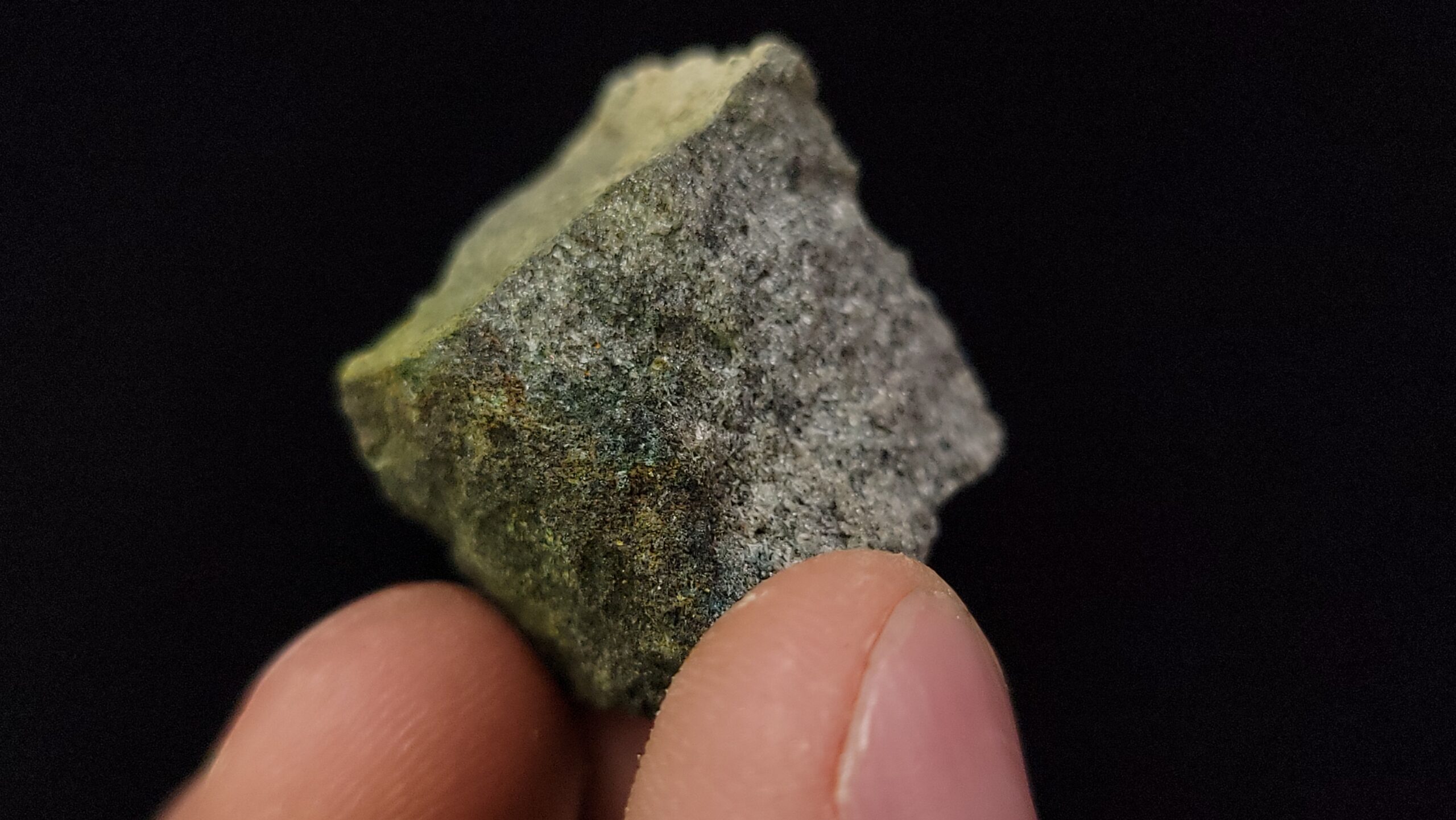

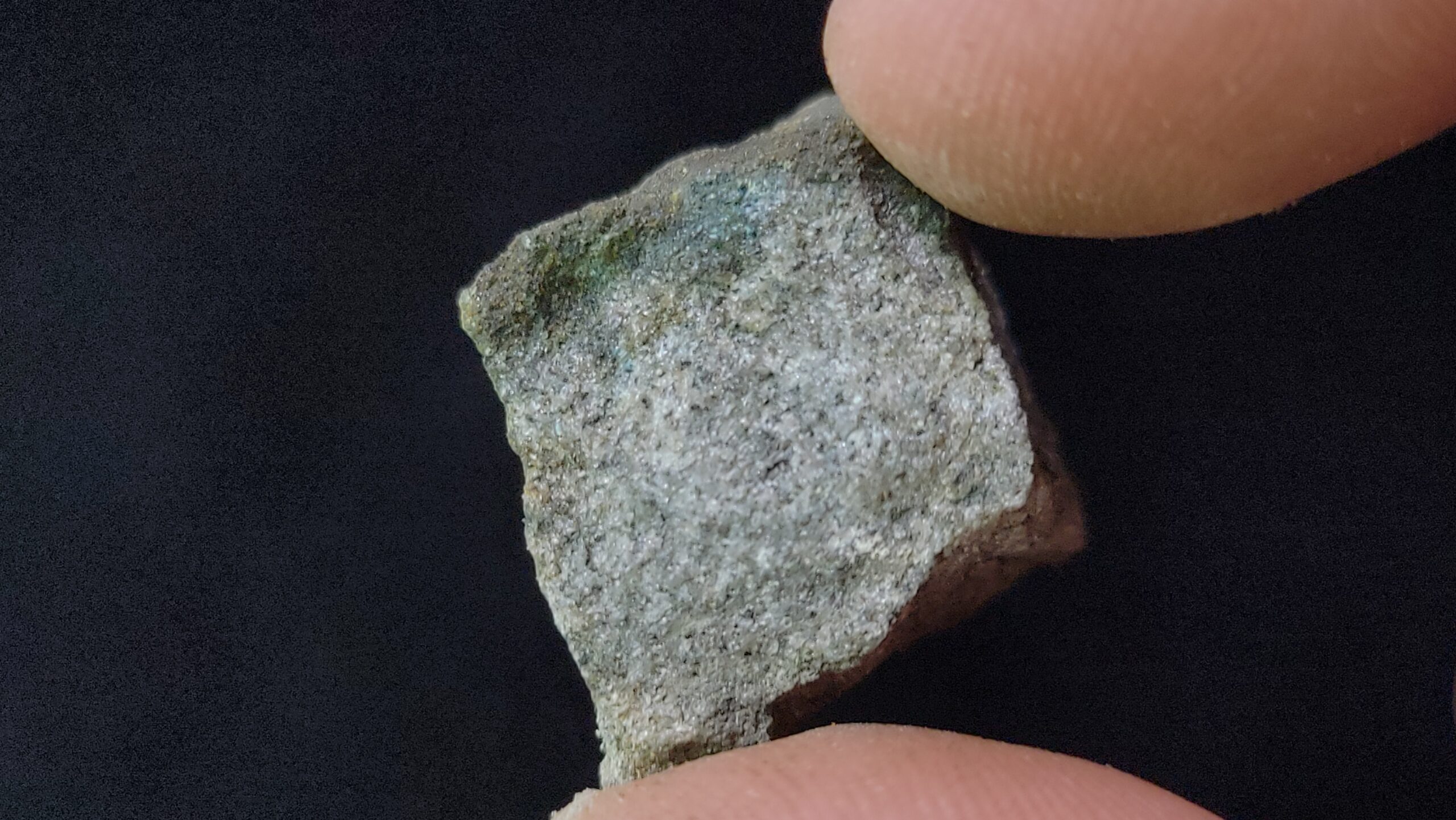




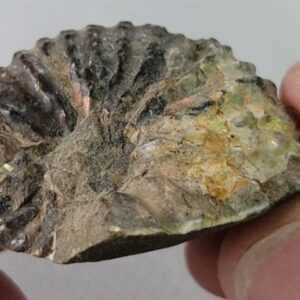

Reviews
There are no reviews yet.